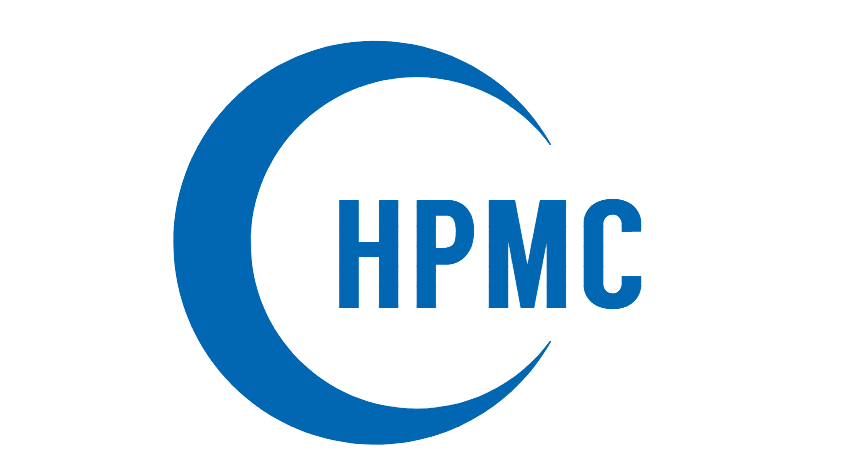Influence of Hydroxypropyl Methyl Cellulose on Tile Adhesive
Cement-based tile adhesive is widely used in the current special dry-mix mortar. mixture. Usually, it only needs to be mixed with water. Compared with ordinary cement mortar, it can greatly improve the bonding strength between the facing material and the base material. It has good slip resistance and excellent water and heat resistance. As well as the advantages of resistance to freeze-thaw cycles, it is mainly used to paste decorative materials such as interior and exterior wall tiles and floor tiles. bonding material.
Usually, when we judge the performance of a tile adhesive, in addition to its operational performance and anti-slip ability, we also pay attention to its mechanical strength and open time. In addition to affecting the rheological properties of the tile adhesive, cellulose ether has a strong influence on the mechanical properties of the tile adhesive, such as the smoothness of operation and the sticking of the knife.
1. Opening hours
When rubber powder and cellulose ether coexist in wet mortar, some data models show that rubber powder has stronger kinetic energy to adhere to cement hydration products, and cellulose ether is more present in interstitial liquid and affects more Mortar viscosity and setting time. The surface tension of cellulose ether is larger than that of rubber powder, and more cellulose ether enriched on the mortar interface will be beneficial to the formation of hydrogen bonds between the basal plane and the cellulose ether.
In wet mortar, the water in the mortar evaporates and the cellulose ether is enriched on the surface, a film will be formed on the surface of the mortar within 5 minutes, which will reduce the subsequent evaporation rate, as more water evaporates from the thicker mortar Part of it migrates to the place where the mortar layer is thinner, the film formed at the beginning is partially dissolved, and the migration of water will bring more cellulose ethers to concentrate on the surface of the mortar.
The film formation of cellulose ether on the surface of the mortar has a great influence on the properties of the mortar:
1. The formed film is too thin and will be dissolved twice, which cannot limit the evaporation of water and reduce the strength.
2. The formed film is too thick, the concentration of cellulose ether in the mortar interstitial liquid is high, and the viscosity is large, and it is not easy to break the film on the surface when the tiles are pasted.
It can be seen that the film-forming properties of cellulose ether have a great influence on the opening time. The type of cellulose ether (HPMC, HEMC, MC, etc.) and the degree of etherification (degree of substitution) directly affect the film-forming properties of cellulose ether, as well as the hardness and toughness of the film.
2. Pulling strength
In addition to imparting the above-mentioned beneficial properties to the mortar, cellulose ethers also retard the hydration kinetics of cement. This retardation is mainly due to the adsorption of cellulose ether molecules on various mineral phases in the hydrating cement system, but in general, the consensus view is that cellulose ether molecules are mainly adsorbed on water such as C-S-H and calcium hydroxide. On the chemical products, it is rarely adsorbed on the original mineral phase of the clinker. Furthermore, cellulose ethers reduce the mobility of ions (Ca2+, SO42-, …) in the pore solution due to the increase in the viscosity of the pore solution, which further retards the hydration process.
Viscosity is another important parameter, which shows the chemical properties of cellulose ethers. As mentioned above, the viscosity mainly affects the water retention capacity and also has a significant effect on the workability of the fresh mortar. However, experimental studies have found that the viscosity of cellulose ethers has little effect on cement hydration kinetics. Molecular weight has little effect on hydration, and the big difference between different molecular weights is only 10min. Therefore, molecular weight is not a key parameter to control cement hydration.
